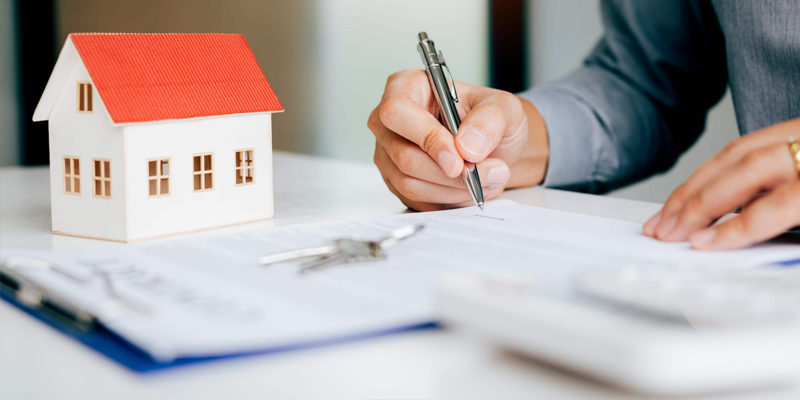Table of Contents
There are many things to think about when you sell a piece of property. You need to find a new home, figure out your moving costs, and get everything packed up and ready to go. But before all of that even begins, you need to think about taxes. There’s a good chance that when you sell your property, you’ll have to pay taxes on the profits.
But in some scenarios, you may be able to avoid paying taxes on the sale. One way to do that is by using a 1031 exchange.
There are two types of 1031 exchanges: forward and delayed. With a forward exchange, both properties are sold, and the proceeds are immediately reinvested in a new property. With a delayed exchange, the old property is sold, and the new property is purchased later.
But first, let’s start with a definition.
What is a 1031 Exchange?

A 1031 exchange is a real estate transaction in which the seller uses the proceeds from the sale of one property to buy another. The key to a 1031 exchange is that the properties must be “like-kind.” That means that you can’t use the proceeds from the sale of your house to buy a condo, for example.
The most common type of 1031 exchange is the forward exchange. In a forward exchange, both properties are sold, and the proceeds are immediately reinvested in a new property. This type of exchange is often used by business owners who want to expand their businesses.
A delayed exchange is a little different. In a delayed exchange, the old property is sold, and the new property is purchased later. This type of exchange is often used by people who want to downsize or by investors who want to take their time finding the right property.
Now that we know what a 1031 exchange is let’s look at some of the top non-starters for this type of transaction.
The Top Three Non-Starters for 1031 Exchanges
1. Renting out the property
2. Using the proceeds for personal expenses
3. Buying a property that isn’t “like-kind.”
If you’re thinking about using a 1031 exchange, make sure to avoid these three things. Renting out the property will disqualify you from using the exchange, using the proceeds for personal expenses will also disqualify you, and buying a property that isn’t “like-kind” will also disqualify you.
Now that we know what not to do let’s take a look at how the process works.
The Process of a 1031 Exchange

There are four steps in a 1031 exchange: identification, relinquishment, acquisition, and replacement.
1. Identification: The first step is to identify all of the properties that are eligible for a 1031 exchange. This usually includes your primary residence and any investment properties you own.
2. Relinquishment: The second step is to relinquish all of the properties that you identified in the first step. This means that you need to sell them and give up all rights to them.
3. Acquisition: The third step is to acquire the replacement property. This is the property that you’re going to buy with the proceeds from the sale of your old property.
4. Replacement: The fourth and final step is to replace the property you relinquished in the second step. This means that you need to take possession of the replacement property and start using it as your primary residence or your investment property.
Important Factors to Consider in a 1031 Exchange
There are a few things to keep in mind when doing a 1031 exchange. Here are three of the most important ones.
1. Timing: The biggest factor to consider is timing. You need to make sure that you’re able to complete all four steps within the 180-day deadline. If you miss the deadline, you’ll have to pay taxes on the sale of your property.
2. Costs: There are also costs associated with a 1031 exchange. You’ll need to pay for an accountant and a lawyer to help you with the process. These costs can add up, so it’s important to factor them into your budget.
3. Properties: Another thing to keep in mind is that not all properties are eligible for a 1031 exchange. Make sure to research the rules and regulations in your area before you start the process.
Now that we’ve gone over the basics of 1031 exchanges, let’s take a look at why it’s important to seek professional help.
Why It’s Important to Seek Professional Help

1. Expertise: The professionals who help with 1031 exchanges have years of experience and expertise in the field. They can help you navigate the process and make sure that you’re following all of the rules and regulations.
2. Avoid Mistakes: One of the biggest benefits of working with professionals is that they can help you avoid mistakes. If you make a mistake during a 1031 exchange, it can cost you time and money.
3. Peace of Mind: Finally, working with professionals can give you peace of mind. Knowing that you have experts on your side can help you relax and focus on finding the right property.
If you’re thinking about doing a 1031 exchange, it’s important to seek professional help. The experts can help make the process go smoothly and prevent any costly mistakes. Don’t try to go through it alone – let the professionals guide you every step of the way.

